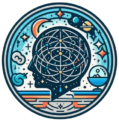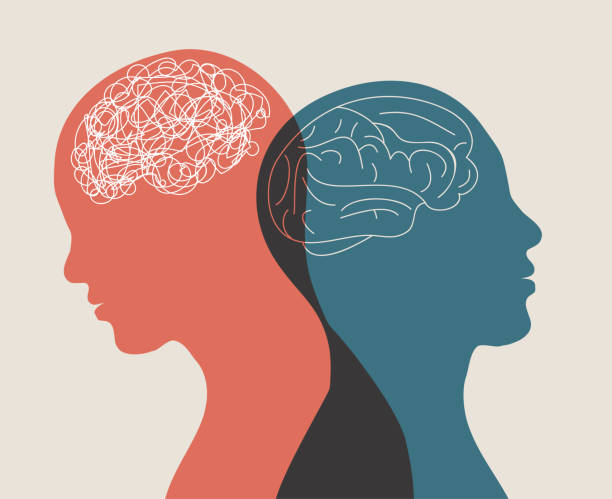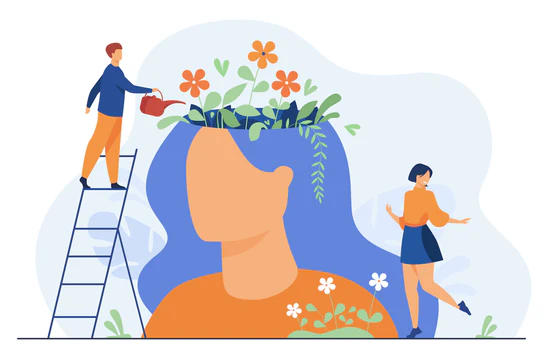Color isn’t just a visual experience—it’s a psychological powerhouse that affects how we feel, what we buy, and even how things taste. The use of color goes far beyond aesthetics; it can shape behavior in subtle but measurable ways. From the calm blues of a therapist’s office to the bold reds of a clearance sign, colors interact with our brains in ways that marketers, designers, and even chefs have learned to leverage.
Read More- Why We Like True Crime?
1. Colors and Mood
Color has long been linked to emotional states. Research shows that warm colors like red, orange, and yellow tend to evoke feelings of warmth and energy, while cool colors like blue, green, and purple are more likely to produce feelings of calm and relaxation (Kaya & Epps, 2004). This is why hospitals and wellness centers often favor pastel blues and greens—they create a tranquil environment that can help reduce patient anxiety.
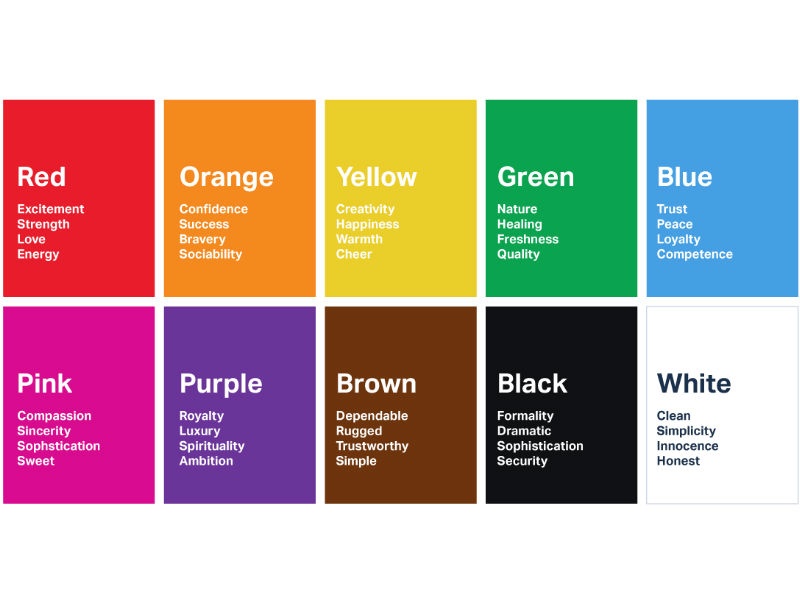
Further psychological research supports the idea that specific hues are tied to particular emotions. For instance, red is often associated with passion, excitement, or anger; blue conveys trust and peace; yellow suggests happiness but can also create feelings of frustration or unease when overused; and green often symbolizes nature, freshness, and safety (Elliot & Maier, 2014).
These associations are not just cultural—they appear to be rooted in evolutionary responses. For example, red may trigger alertness because of its association with danger or heightened emotion.
2. Color and Consumer Behavior
The impact of color on purchasing behavior is well-documented. A study by Labrecque and Milne (2013) found that up to 90% of snap judgments about products can be based on color alone. In marketing and branding, this is a critical insight.
Red is commonly used in retail settings to create a sense of urgency—hence its prevalence in clearance and sale signage. Blue, on the other hand, tends to instill trust and reliability, making it a popular choice for financial institutions, technology companies, and healthcare brands. Black conveys luxury and sophistication and is often used by high-end brands to signal exclusivity. Green is frequently used in branding to imply health, sustainability, or eco-consciousness.

Color doesn’t just affect what consumers notice—it can drive actual purchase decisions. When colors align with brand personality and consumer expectations, they can enhance brand recognition and loyalty (Labrecque & Milne, 2013).
3. Color and Taste Perception
Beyond emotions and consumer choices, color can also influence how we experience taste. In a study by Shankar, Levitan, Prescott, and Spence (2010), researchers found that the perceived flavor of drinks and foods could be altered by changing the color, even when the actual taste remained the same.
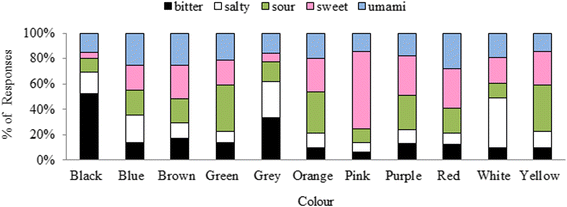
Participants were served identical beverages in different colors, and many described distinct flavors based solely on the appearance. Red-colored drinks were more likely to be perceived as sweeter, while green drinks were described as more sour or tangy—even when all the samples had the same flavor profile.
This effect isn’t limited to drinks. In another experiment, strawberry mousse served on a white plate was rated 10% sweeter and 15% more intense than the same dessert served on a black plate (Piqueras-Fiszman et al., 2012). These findings suggest that color doesn’t just set the stage for taste—it becomes part of the taste experience itself.
Conclusion
Color psychology is more than just a design trend; it’s a robust field of research that reveals how color influences human thought, emotion, and behavior. Whether it’s setting the emotional tone of a room, influencing shopping behavior, or even altering the way food tastes, color plays a central role in shaping our perceptions and actions.
Understanding the psychological effects of color allows us to make more intentional choices in design, branding, and everyday life—and perhaps even trick our taste buds in the process.
References
Elliot, A. J., & Maier, M. A. (2014). Color psychology: Effects of perceiving color on psychological functioning in humans. Annual Review of Psychology, 65, 95–120. https://doi.org/10.1146/annurev-psych-010213-115035
Kaya, N., & Epps, H. H. (2004). Relationship between color and emotion: A study of college students. College Student Journal, 38(3), 396–405.
Labrecque, L. I., & Milne, G. R. (2013). To be or not to be different: Exploration of norms and benefits of color differentiation in the marketplace. Marketing Letters, 24, 165–176. https://doi.org/10.1007/s11002-012-9170-1
Piqueras-Fiszman, B., Alcaide, J., Roura, E., & Spence, C. (2012). Is it the plate or is it the food? Assessing the influence of the color (black or white) and shape of the plate on the perception of the food placed on it. Food Quality and Preference, 24(1), 205–208.
Shankar, M. U., Levitan, C. A., Prescott, J., & Spence, C. (2010). The influence of color and label information on flavor perception. Chemosensory Perception, 3(1), 14–19. https://doi.org/10.1007/s12078-010-9061-3
Subscribe to PsychUniverse
Get the latest updates and insights.
Join 2,990 other subscribers!
Niwlikar, B. A. (2025, April 26). 3 Surprisingly Important Ways Color Hijacks Your Emotions, Decisions, and Taste Buds. PsychUniverse. https://psychuniverse.com/color/
